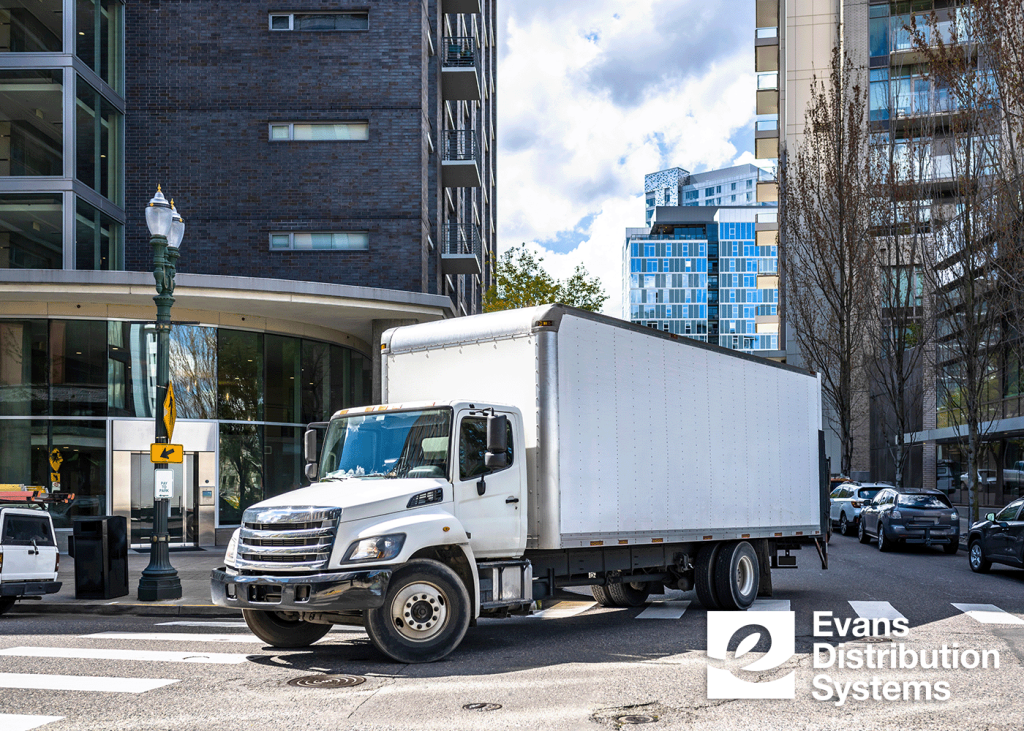It’s estimated that approximately 80% of the U.S. population lives in an urban area. With many people living in densely populated areas, you would think that they would have an optimized logistics network for travel and business. However, these cities face many challenges in urban logistics due to a growing population, changing technology, and outdated infrastructure. This blog reviews the nuance of urban logistics and explores the challenges faced by businesses and cities alike.

The Last-Mile Delivery
When many cities were developed, they were not designed to account for last-mile delivery driven by the growth of ecommerce. Narrow streets, limited parking, and unpredictable traffic cause major delays when delivering products to stores or directly to customers. Many streets do not have sufficient parking for delivery drivers. Additionally, some products like furniture cause congestion and delays due to their large size and awkward shapes.
Traffic Congestion and Pollution
Traffic that results in congestion creates a major hurdle in urban logistics. The constant stream of vehicles on crowded city streets not only slows down delivery times but also contributes to air pollution and carbon emissions. Pedestrian traffic requires drivers to stop frequently. Delivery trucks and vans navigating through cities increases fuel consumption, making sustainability a growing priority for urban logistics operators.
Infrastructure Limitations
Much of today’s transportation infrastructure needs repair. Older roadways and bridges are not designed for the larger delivery vehicles and equipment on the road. The goal of the Infrastructure Investment and Jobs Act was to update roads, bridges, and loading zones to improve urban mobility and logistics. However, repairs on this scale require large time and financial investments. Until these projects are addressed, infrastructure will remain a major challenge in urban logistics.
Regulatory Hurdles
Local regulations governing vehicle emissions, noise levels, and delivery hours can vary widely from one municipality to another, creating a long list of compliance requirements for logistics providers. Also, zoning restrictions and varying permit processes may further complicate the delivery process, requiring businesses to carefully navigate regulatory hurdles to ensure legal compliance.
Rising Consumer Expectations
In today’s on-demand economy, consumers expect an easy and fast delivery experience. Whether ordering groceries, electronics, or clothing, customers demand flexibility, transparency, and reliability in the delivery process. Meeting these heightened expectations while contending with the challenges of urban logistics presents a difficult task for businesses competing in the market.
Conclusion
Urban logistics presents many challenges, from the complexities of last-mile delivery to the constraints of congestion and infrastructure limitations. However, by embracing innovation, collaboration, and forward-thinking strategies, businesses and cities can navigate these obstacles effectively. With a concerted effort to address these challenges head-on, the future of urban logistics holds promise for delivering goods swiftly, sustainably, and seamlessly to the doorsteps of consumers around the world.
